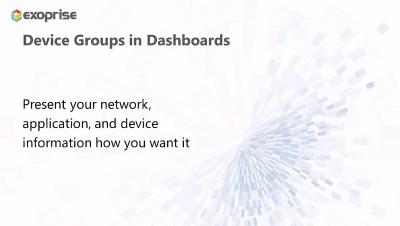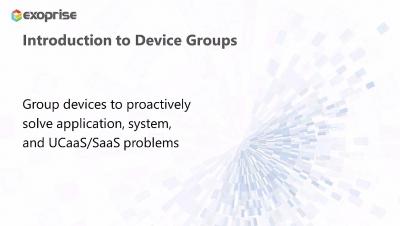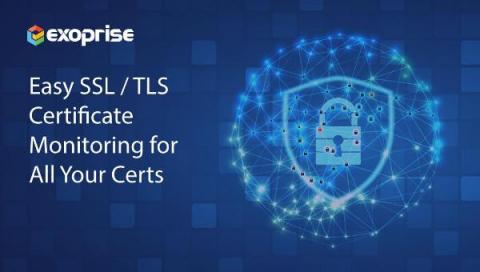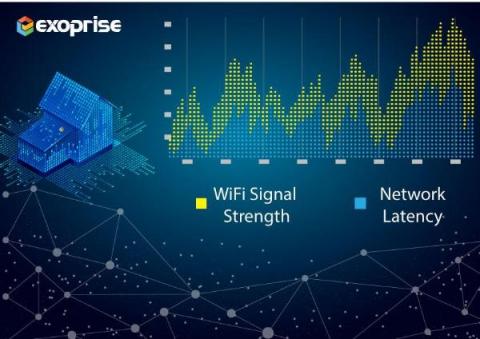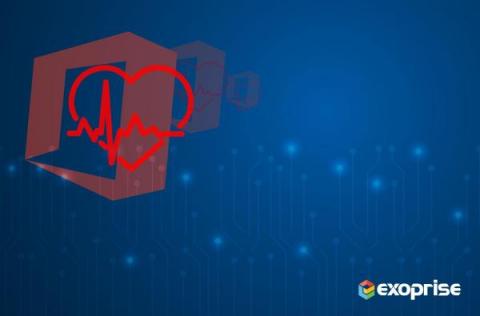Operations | Monitoring | ITSM | DevOps | Cloud
Exoprise
Introduction to Device Groups
Streamline and Simplify SSL/TLS Certificate Monitoring
Hackers busily work night and day to find the tiniest hole in your security perimeter, so they can compromise your systems. Browsers are the most commonly used application on your enterprise network - and one becoming increasingly difficult to secure. Managing their security certificates became more challenging recently, but Exoprise's easy to deploy SSL certificate monitoring solutions close up any holes. There is no doubt that your network is constantly under attack.
Network Path Monitoring Pinpoints and Mitigates Connection Bottlenecks
An employee calls complaining about slow response time. Another one has similar trouble. No red lights are flashing on the Network Operations console, so the network is up and running. What is happening? Frankly, it could be just about anything: an overworked router, a runaway process on a laptop, a slow loading web page, or a bandwidth hog at home.
How To Solve Difficult Remote Work Problems
Before the pandemic, capturing your users’ experience was simple because just about everyone was in the office, and you had traditional on-premises systems in place. Nowadays, remote work and hybrid access and usage patterns are much more varied. Work hours, 24×7 availability, collaboration, networking, hybrid, etc. all lead to difficulties in understanding employee Digital Experience.
How ITOps Uses Real-Time Monitoring for Easy Fixes
Here's a scenario. All your enterprise apps are running fine, as you expected. Maybe your team wasn't impacted by the Microsoft 365 outage a couple of weeks ago. Good for you! But don't let past application performance predict current performance. Instead, choose real-time monitoring to efficiently manage your network and proactively resolve app health issues at any time. That way, the IT operations (ITOps) team has visibility into your entire digital estate and pinpoint services unavailable to end-users.
4 Key IT Operations Practices for Better Management
Here we go again. If 2022 wasn’t enough, there are new challenges in 2023 staring right at information technology leaders. As interest rates rise and consumer demand slows, companies plan to cut costs and do more with less. But what does all this mean for you? Amid this uncertainty, the IT operations department must adapt well to these changes. Because if they don’t, the business they support will be disadvantaged.
Service Watch Desktop
Service Watch Browser
Microsoft Outlook Outage on 6th February EX512238
Unable to send, receive, or search email through Exchange Online? Microsoft Outlook suffered an outage for several hours last night, disrupting North America and worldwide email services.


